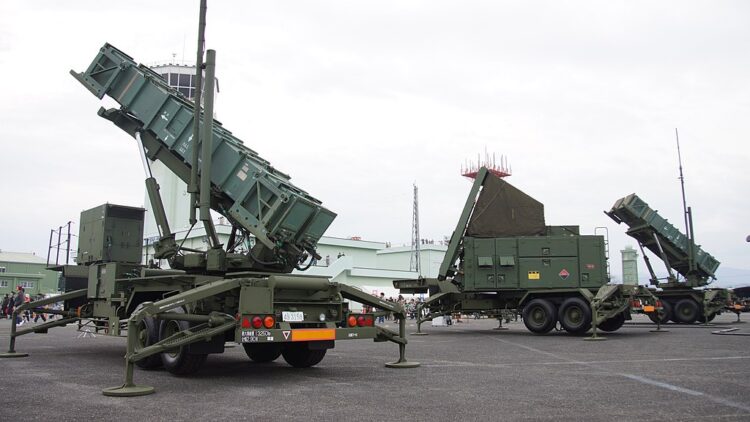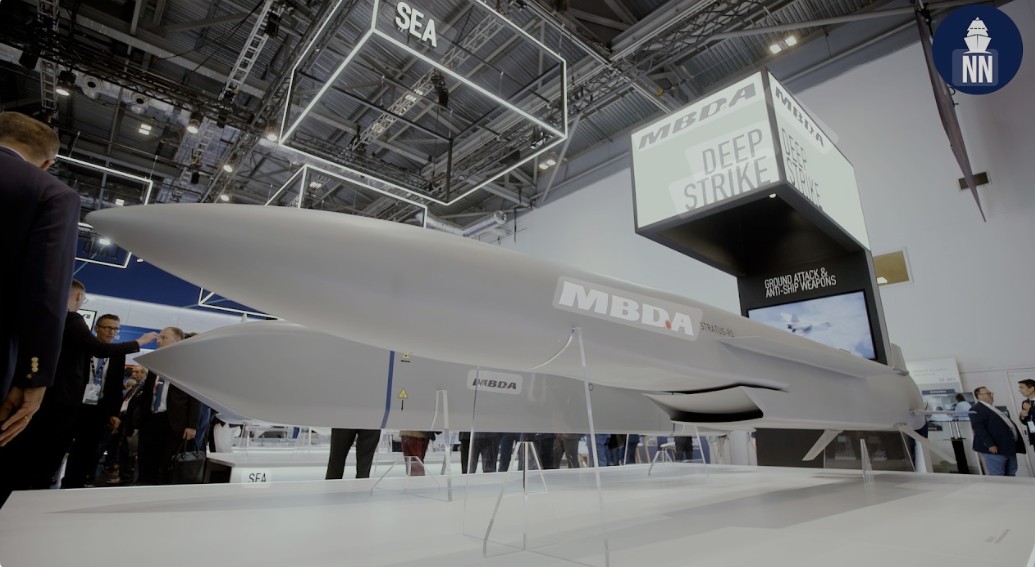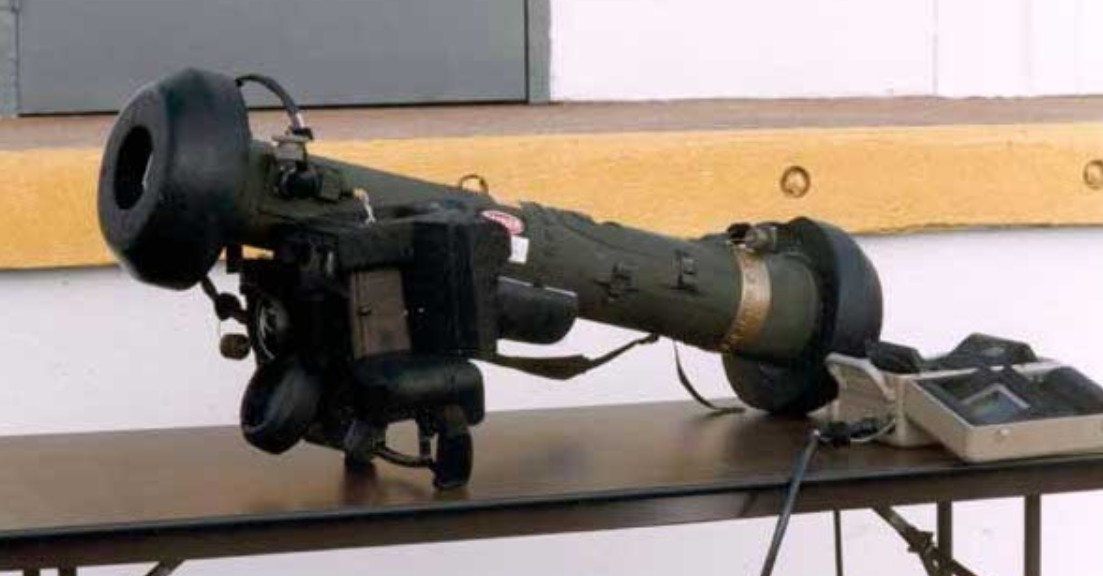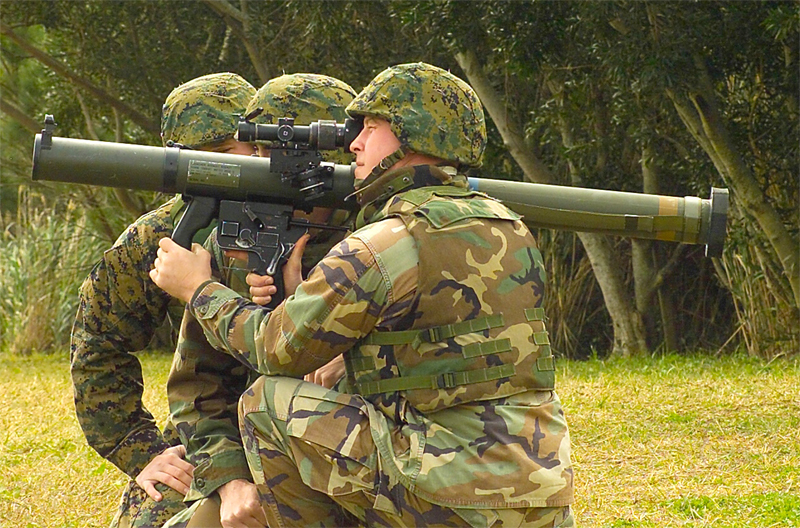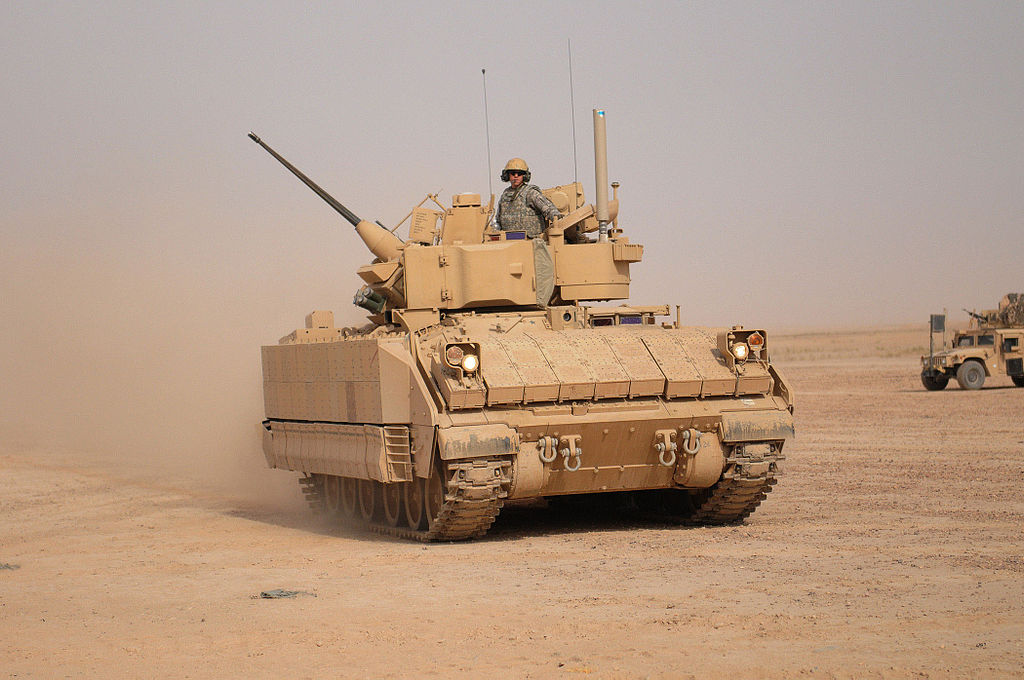Introduction
The Patriot PAC-2, also known as the Patriot Advanced Capability-2, is a critical component of the United States’ missile defense system. Developed by the defense contractor Raytheon, the PAC-2 is designed to intercept and destroy incoming ballistic missiles, protecting American forces and allies from potential attacks.
Capabilities
The Patriot PAC-2 system utilizes advanced radar technology and surface-to-air missiles to engage and destroy ballistic missiles during their terminal phase. It operates on the principle of hit-to-kill, where the interceptor missile directly collides with the target, neutralizing the threat. The PAC-2 can engage targets at both high and low altitudes, making it a versatile defense system.
The system also integrates a highly sophisticated command and control network, which allows for real-time situational awareness and coordination with other defense systems. This capability enhances the overall effectiveness of the PAC-2 by providing a seamless response to evolving threats.
Operational Deployments
The Patriot PAC-2 system has been deployed by the United States military and several international partners in various conflict zones and regions of strategic importance. One of the significant deployments of the PAC-2 was during the Gulf War in 1990-1991, when it successfully intercepted and destroyed several incoming ballistic missiles.
Since then, the PAC-2 has been further improved and upgraded to enhance its performance. It has been utilized in various military operations, including the conflict in Iraq and the ongoing threat from North Korea.
Integration within the Missile Defense System
The Patriot PAC-2 is an integral component of the layered missile defense system employed by the United States. It operates alongside other systems, such as the Terminal High Altitude Area Defense (THAAD) and Aegis Ballistic Missile Defense (BMD) system, to provide a comprehensive shield against missile threats.
The PAC-2’s advanced radar and command and control capabilities allow it to share data and coordinate with other elements of the missile defense system. This integration enables a seamless response to incoming threats while maximizing the effectiveness of each individual component.
Performance and Success Rate
The Patriot PAC-2 system has demonstrated its effectiveness through various successful interceptions. During the Gulf War, it achieved a success rate of approximately 70%, intercepting and destroying multiple incoming Scud missiles.
However, it is important to note that the success rate of any missile defense system varies depending on numerous factors, including the specific threat scenario, the capabilities of the incoming missiles, and the operational conditions. Continuous improvement and upgrades are crucial to ensuring the system remains effective against evolving threats.
Conclusion
The Patriot PAC-2 system is a critical component of the United States’ missile defense capabilities. Its advanced radar technology, surface-to-air missiles, and command and control network provide a robust defense against ballistic missile threats. Deployed in various conflict zones and integrated within the missile defense system, the PAC-2 has demonstrated its effectiveness through successful interceptions. As missile technology continues to evolve, the Patriot PAC-2 system will undergo further enhancements to ensure the United States maintains a strong defensive posture.
| Specifications | |
|---|---|
| Range | 160 kilometers (100 miles) |
| Speed | Mach 4+ |
| Altitude | 24,000 meters (79,000 feet) |
| Warhead | High-explosive fragmentation |
| Intercept Method | Hit-to-kill |
